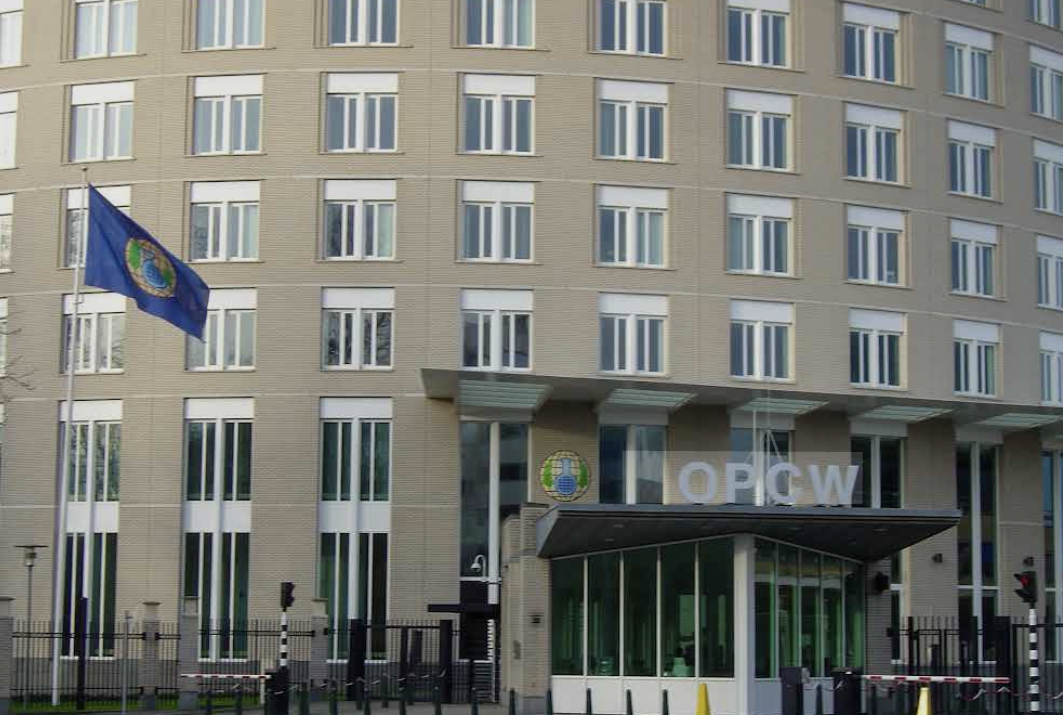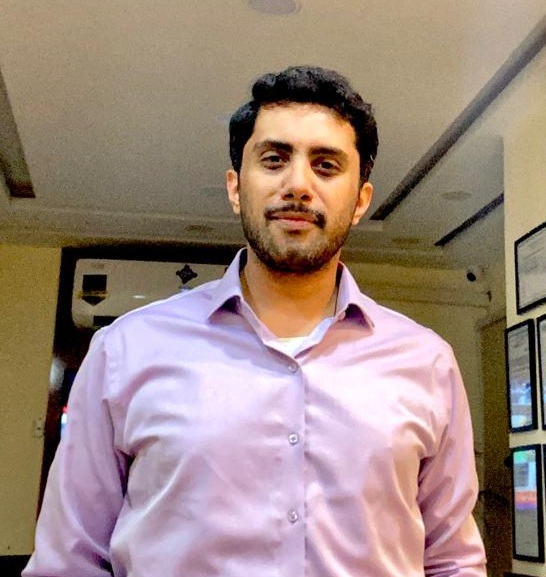LAHORE: Hamid holds up an imported blazer, its designer label still intact, and makes his pitch to a crowd of shoppers huddled against the winter cold.
"Abroad, this would cost Rs20,0000 ($71.24), maybe Rs15,000 ($53.43)," he says, gesturing at his stall filled with imported blazers and suits. "Here? Just Rs2,500 ($8.9)."
Within minutes, it's sold.
Welcome to landa bazaar, Lahore's sprawling secondhand clothing market, where Pakistan's thrift revolution is hitting its stride. What began decades ago as a necessity for low-income families has transformed into a cultural phenomenon. It is driven by social media, sustainability trends and a generation that turned "landa" from stigma to status symbol.
The numbers tell the story: Pakistan imported $511 million worth of used clothing in fiscal 2024-2025, according to customs data. This shattered the previous year's record of $434 million.
Much of it flows through markets like this one, where tons of coats, shoes and handbags from Europe, the United States, Japan, South Korea and China arrive each season. They sell for a fraction of their original prices.
From railway stalls to Instagram stores
Landa bazaar started as a tight cluster of stalls near Lahore Railway Station, a place where working-class families could afford winter coats and school shoes.
Government cleanups scattered the vendors across the city to Anarkali, Ichhra, Liberty Market, Makkah Colony, but the market only grew.
The real shift came around 2020, when Western thrift culture exploded on TikTok and Instagram. Gen Z and millennials turned secondhand shopping into content: thrift hauls, #thriftflip videos, vintage finds. Platforms like Poshmark made it mainstream.
That wave reached South Asia quickly. In Lahore, young shoppers began posting their "landa hauls" online, showing off branded jackets and retro sneakers. The same clothes their parents once bought quietly, they now advertised proudly.
"It's from landa," became a boast, not an admission.
The resellers
Ijaz, who sells imported trousers from a roadside stall, has watched his customer base change. Luxury cars now park near his setup. Women from affluent neighborhoods arrive with shopping lists.
"The word landa used to have a stigma," he says. "Social media changed everything. Now people buy in bundles, wear the clothes, photograph them and sell them online."
These entrepreneurs, mostly young women, have built businesses around "pre-loved fashion." They source inventory from landa bazaar, curate collections and market them on Instagram as sustainable, affordable alternatives to fast fashion.
Weekly "drops" sell out in hours.
Social media reframed secondhand clothes as "finds" rather than castoffs. The stigma faded. In its place: pride, individuality and the appeal of smart shopping.
Winter rush
Winter still brings the biggest crowds. Shoppers hunt for coats, boots and scarves as temperatures drop. But the thrift culture now runs year-round, fueled by a steady stream of imports and online demand.
The government crackdowns that pushed vendors from the railway station haven't slowed business. If anything, landa bazaars have multiplied. Vendors adapt, customers follow.
On a recent morning, the Anarkali market buzzed with activity. Shoppers sorted through piles of jeans, held jackets up to the light, negotiated prices. A teenager filmed herself trying on a vintage leather jacket for TikTok. Nearby, a woman filled two large bags with sweaters, likely destined for her Instagram store.
Hamid folded another blazer, ready for the next customer.

.jpg)






.jpg)